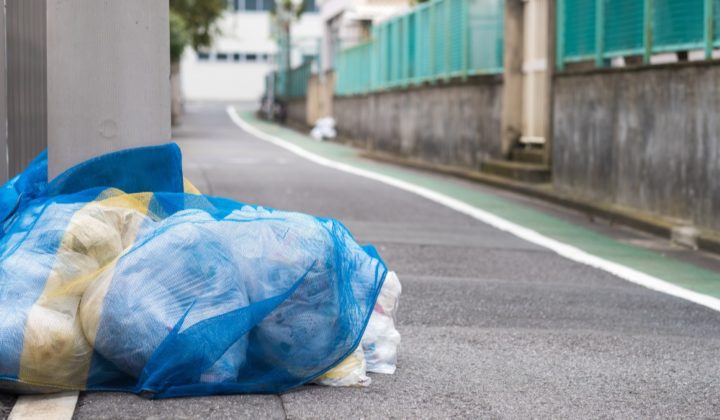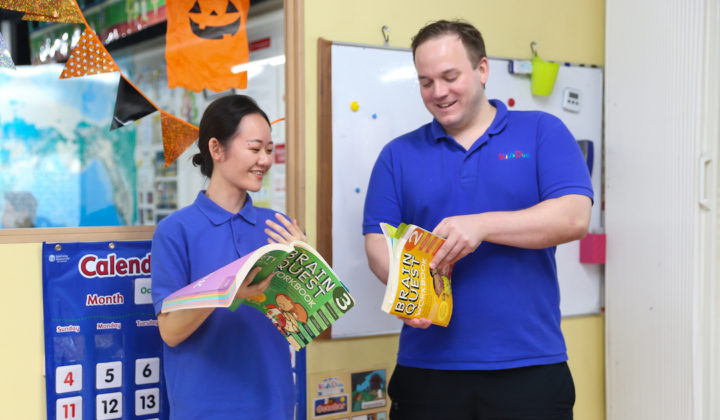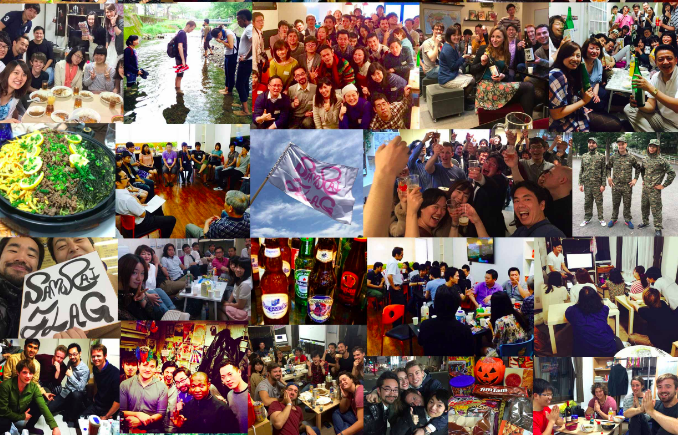My Two Day Cultural Trip through Zao and Shiroishi with Onsen and Snow Monsters!
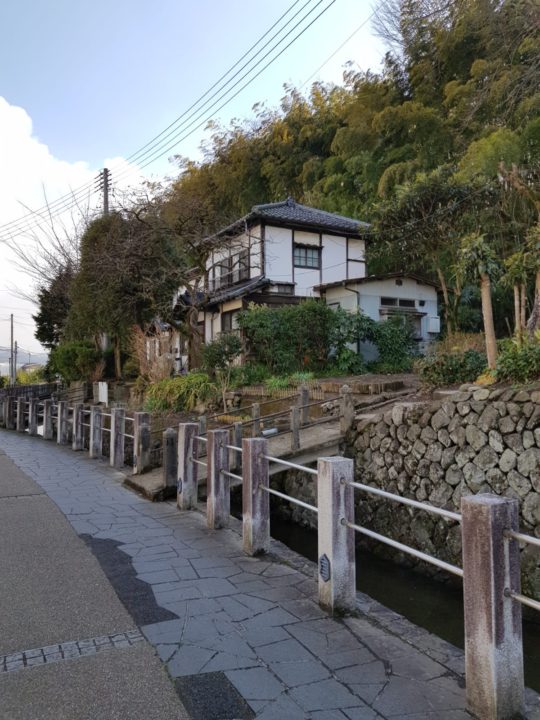
Outside the classic Japanese routes, in the mountains of Tohoku, 300 km north of Tokyo, in Miyagi prefecture, rise the towns of Zao and Shiroishi. I started my excursion calmly, spending a night in Sendai, before heading early the next morning to Zao.
Staying the Night in Sendai
Sendai is the most important city of Tohoku, and has a very fascinating tradition and history, mainly linked to the fate of the Samurai clan of the Date, of which we find many temples, mausoleums and museums. Very well connected to all the most important zones of the area, it can be reached from Tokyo via Shinkansen (the Japanese bullet train). After a walk in the main center of the night life of the city, right near the station, I headed to my room to go to bed and be ready for the adventure of the next day.

Here in Sendai the name of my accommodation was “Michi”, it is a room just 5 minutes walk from the station and the adjacent area of restaurants and pubs, so very convenient. This accommodation, like many here in Sendai, has no check-in staff, mainly due to the lack of manpower that has plagued the country in recent years. All the operations are done, therefore, through a tablet located outside the door of the room. I was a bit worried about this, given my lack of technical skills, but it was all very simple, I only had to select English and in 2 minutes everything was done. Once you have entered all the required data (including your passport) you are contacted directly on the tablet by an employee who will give you the latest explanations, all very easy. The room is very large with one side occupied entirely by a glass door with chairs and a desk overlooking the city, a very pleasant view. There are three beds, a fridge, a bathroom with a bathtub, a sink, and even a washing machine. In the area near the entrance, there is also a raised tatami floor to be used to sit on the ground on a zabuton, the traditional Japanese pillows used to sit on the ground. Obviously, the classic Japanese toilet with the heated toilet bowl and a thousand other curious functions were available as well. The house is equipped to accommodate up to 9 people.
Zao Ski Resort
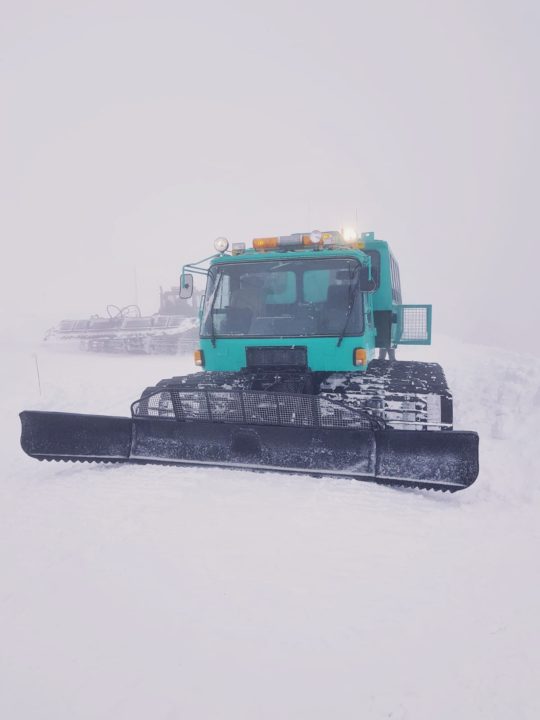
After a good night’s sleep we finally leave for Zao, a small town an hour and a half drive from Sendai, or two hours by public transport, which takes its name from Mount Zao. Zao is a famous ski area, but its most interesting attractions are the so-called snow monsters, that is trees that because of the abundant snowfall and the rigid temperatures and cold winds are completely covered with snow and ice, so as to seem like an army of monsters of snow rather than trees. We start from the departure station of the Zao Ski Resort and climb up to the destination by snow cars, the price is 8800 yen. When I was there, unfortunately, the weather conditions were not the best due to the snow and the strong wind, so for security reasons we had to stop 200 meters lower than the established point, without being able to see the biggest snow monsters, but being able to observe an enchanting spectacle both during the ascent and during the walk on foot. Although there may be some reroutes due to weather conditions, it made me feel safe knowing they took these weather precautions very seriously.

In addition to the ski slope and ice monsters, Zao is an interesting little countryside where you will come across characteristic temples, typical Japanese restaurants, small bamboo forests, rice paddies, plenty of Onsen (the classic Japanese hot spring), and kokeshi dolls characteristic to this area. One of Zao’s most fascinating temples houses an enormous cedar tree of the incredible age of 900 years. It is a huge tree, born even before the beginning of the Samurai epic, I found it really fascinating and majestic.
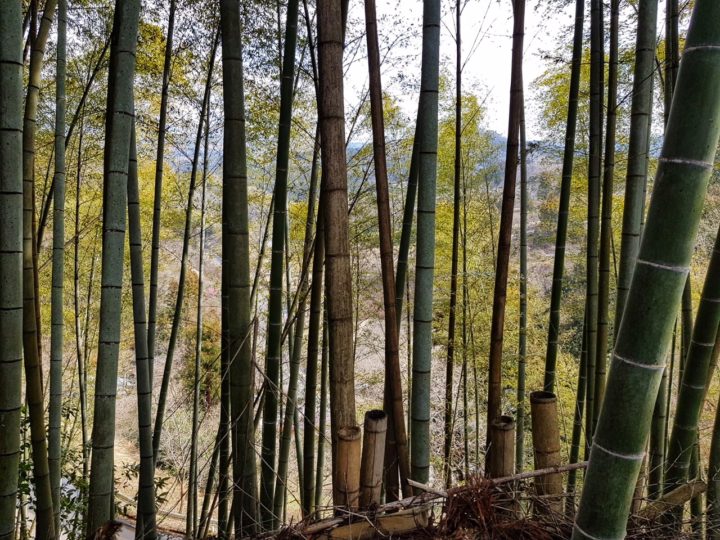
Japanese Pottery Experience
One of the really special activities that can be done in Zao is the pottery experience, similar to the the film Ghost, minus Demi Moore. In fact there is a master of ceramics who always goes in search of new inspirations for his works here, in which he often reproduces the incredible effects of nature, taking inspiration for example from enchanting ponds of bright blue color surrounded by green emerald, inspired by the dazzling colors typical of Japanese-style gardens in Kyoto, or reproducing the colors and shapes of the starry cosmos inside its cups. Yoshihiro Takeda also uses a traditional Japanese house built 200 years ago as a processing studio, a beautiful home in the classic Japanese style, with tatami, low table and cushions to sit on the ground, sliding doors of rice paper . The central area of the house also houses, in a special space between the tatami called irori, the hearth in which to boil water for tea or other purposes … in short, everything we can think of when we imagine a Japanese house of past ages. You can also follow Master Takeda and his works on Facebook and Instagram.
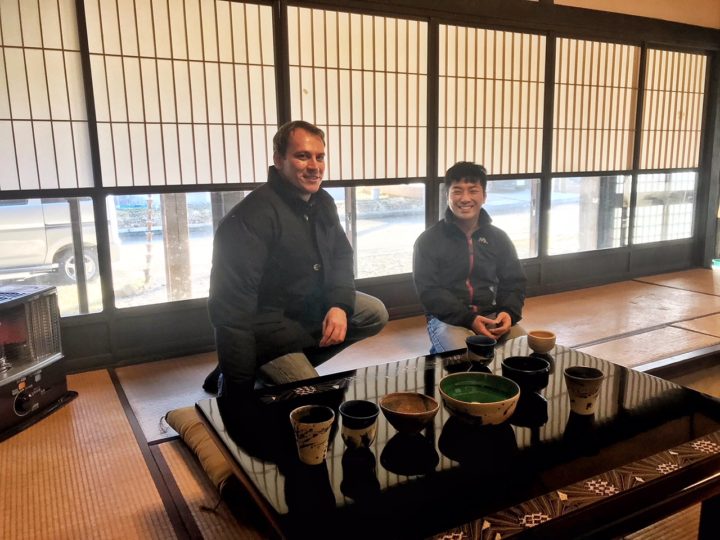
After this experience, my very kind guide and I went for a delicious sushi dinner, and now tired from the many activities of the day, I headed to my accommodation to rest for the night. The house of the day is located inside a closed complex, complete with bars at the entrance and 2 guardians at each hour of the day. It is the same complex where the Takeda Master’s house-laboratory is located. This resort is called “Zao Sansuien” and houses 150 apartments, most of which are used as a second home by people living and working near Sendai, to come and relax in the countryside and enjoy nature. Mostly the families that have a house here are Japanese families of 2 people aged 50 and over, so the area is very peaceful and relaxing, perfect for getting away from the pace of city life. My home, Guesthouse Kotsumazaka, was on its first day of service, so I was the first to use it. This is a very nice and well-furnished apartment. There are two bedrooms with double beds and rice paper windows, on which the shadows of the trees near the house are reproduced at night, creating an atmosphere of nostalgic times. A living room with small sofas, television and coffee table, a well-equipped kitchen area and a large bathroom also equipped with a bathtub, perfect for a hot bath after a day in the snow and then immediately slipping into bed. Outside there is a large area raised from the ground, to be used in fine weather for outdoor dining and other activities, sheltered by a table equipped with an umbrella. This house is also equipped with the famous Japanese-style toilet.
The next day, a quick breakfast, and off we go to explore another very beautiful area of the town. Being a big fan of Japanese culture, I really liked this place. This is the Zao archery school, located in a very quiet and silent area and flanked on one side by the river that runs through the city, which is overlooked by a row of cherry trees.
Another special experience that you can live out in Zao is to be a farmer for a day. A house, which belonged to a peasant family and was abandoned due to the transfer to Tokyo of the son who inherited it, is being restructured. And starting in April it will be possible to use it. The ground floor will be used as a restaurant, mainly local kitchen products will be served, while the upper floor will be accommodation. The peculiarity of this place is that in front of this house there is a large paddy field, where the guests of the structure can try their hand at the hard work of the land in the same way that they used to in the past. For the less eager to participate in manual labor, there will also be a swimming pool where you can spend time relaxing rather than working.
I leave now Zao to head to the town of Marumori, a city that is located in a circular basin surrounded by wooded mountains with many bamboo forests, where I have the opportunity to enjoy a real lunch of local cuisine directly in a private house. It’s a Japanese family that rents rooms in its spacious countryside house and gives the opportunity to experience a beautiful and authentic Japanese experience. This family owns many lands, in which it even has a small private Shinto temple surrounded by bamboo plants. Everything they give me to eat is produced by them on their land and served, instead of in normal dishes, in bamboo canes, as mentioned, also coming from their land, specially cut and polished by the old owners. We eat a truly healthy meal, all based on fruit and vegetables, also cooked in tempura. I have the pleasure of eating directly with the old owner of the house and her daughter, two very friendly and helpful people, who, knowing of my arrival, also prepared me a handmade menu with a dedication to welcome me. We eat directly in the kitchen of their home, with the legs tucked under the Kotatsu, the classic Japanese low table with a blanket covering from the belly down, under which coal burns in a specially constructed hole. Lunch goes fast and I enjoy trying to use a little of my poor Japanese skills. It was a truly beautiful and authentic experience, thanks to the hospitality and genuineness of this family, to those who are really interested in Japanese culture and traditions, I highly recommend it.
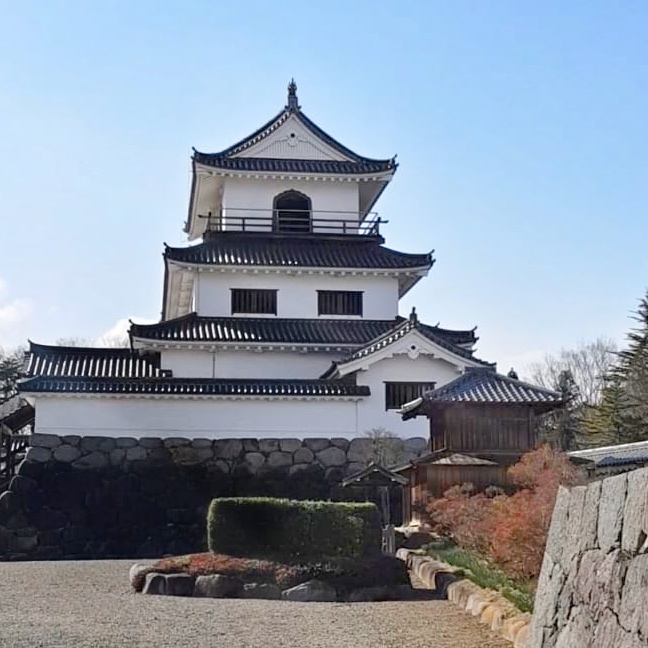
Samurai History in Shiroishi
I’m now heading towards the city of Shiroishi, the time at my disposal is not much and therefore I immediately go to the most important attraction that interests me most in the city, namely the castle and the area of the Samurai houses. The castle of Shiroishi was destroyed during the Meiji era (1868-1912) but fortunately, a part of it was rebuilt in 1995, using high-quality timber such as the “White Cedar of Aomori” which gives a very special perfume. This castle and its city during the Edo Period (1603-1868) were governed by the Katakura clan, a vassal clan of the infamous Sendai clan of the Date. The highest point in its history was probably the Bakumatsu period (1853-1868), that consist in the final ages of the edo period in which the domination of the Samurai caste, which lasted for almost 700 years, fell definitively. In this period the various Japanese lord lined up, who with the Tokugawa clan, holder of the military power, who with the emperor, hoping his return to the power. The clans of northern Japan gathered in a loyal league to the Tokugawa called Ouetsu Reppan Domei, and for a time the official headquarters of this alliance was Shiroishi Castle. Inside the castle, friendly and helpful elderly people, volunteer guides, compete to assist those who enter and explain the history of this fortress. It is also possible to try weapons and armor, obviously fake, of the Katakura and Sanada clans and take some funny souvenir photos. Unfortunately, the time is up and I have to go back without seeing the area of the Samurai houses, it will be for the next time.
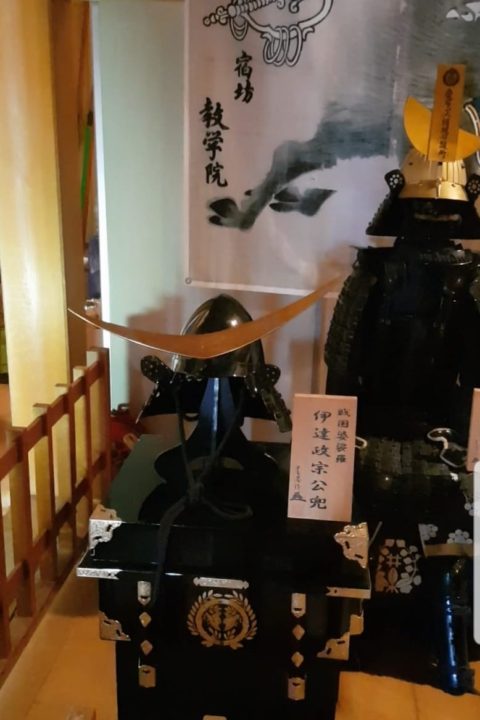
Interested in Traveling to Zao and Shiroishi to Experience Traditional Japanese Culture?
This area really amazed me and I hope to come back soon, here you can breathe a different air, more traditional, everywhere you go, you get the feeling of peace and silence. When you visit places like these it’s very important to remember to respect and preserve this atmosphere.
For any information contact the very kind Yoshiyuki Udagawa, my guide in this awesome adventure, he also speaks English TEL: 0224-34-2341 FAX: 0224-34-2869 email: udagawa@zao-sansuien.jp


